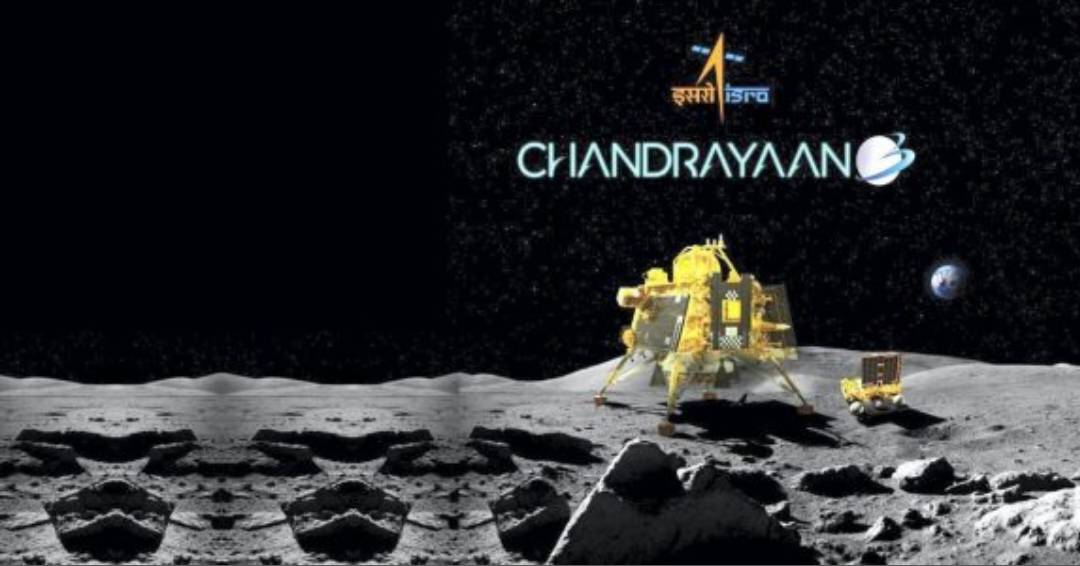
ISRO’s Chandrayaan-3 Lander Module (LM) successfully landed on the Moon’s surface, marking a historic achievement for India. The soft landing at the uncharted south pole was confirmed after 6pm IST on Wednesday, establishing India as the first country to reach this lunar region. ISRO’s post on X (formerly known as Twitter) stated, “All set to initiate the Automatic Landing Sequence (ALS). Awaiting the arrival of Lander Module (LM) at the designated point, around 17:44 Hrs. IST (5:44 pm).” This marked a crucial step as the LM activated its throttleable engines for a controlled descent, with the mission operations team monitoring the sequential execution of commands.
The landing process involved careful parameter checks and commands uploaded from ISRO’s Indian Deep Space Network (IDSN) facility. As the lander approached the lunar surface, it entered the powered braking phase at around 30 km altitude, gradually reducing speed to prevent a crash. Upon reaching 6.8 km altitude, only two engines were used for reverse thrust. At an altitude of 150-100 metres, the lander employed sensors and cameras to scan for obstacles, leading to a soft landing.
ISRO Chairman S Somanath emphasized the challenge of reducing the lander’s velocity and reorienting its direction during the landing process. Post-landing, the rover would descend from the lander’s belly onto the Moon’s surface, and both would have a mission life of one lunar day (about 14 Earth days) to conduct studies.
If successful, Chandrayaan-3 would establish India as the fourth nation to achieve soft-landing technology on the Moon, following the US, China, and the former Soviet Union. This mission is a follow-up to Chandrayaan-2, aiming to demonstrate safe landing, lunar roving, and in-situ experiments.
Chandrayaan-3’s launch took place on July 14, embarking on a 41-day voyage to the lunar south pole. The soft-landing attempt is especially significant given recent challenges, such as Russia’s Luna-25 spacecraft crashing into the Moon. Exploring the Moon’s polar regions holds great potential due to their unique terrain and potential water presence.
The LM and rover are equipped with payloads like RAMBHA-LP, ChaSTE, and ILSA to study the lunar surface, seismic activity, and structure. The rover’s APXS and LIBS payloads analyze chemical composition and mineralogy, while the Propulsion Module features SHAPE to explore exoplanets.
Chandrayaan-3’s journey involved strategic maneuvers, culminating in the spacecraft’s escape from Earth’s orbit and its successful approach towards the Moon. This achievement underscores India’s dedication to lunar exploration and scientific advancement.

Post Your Comments